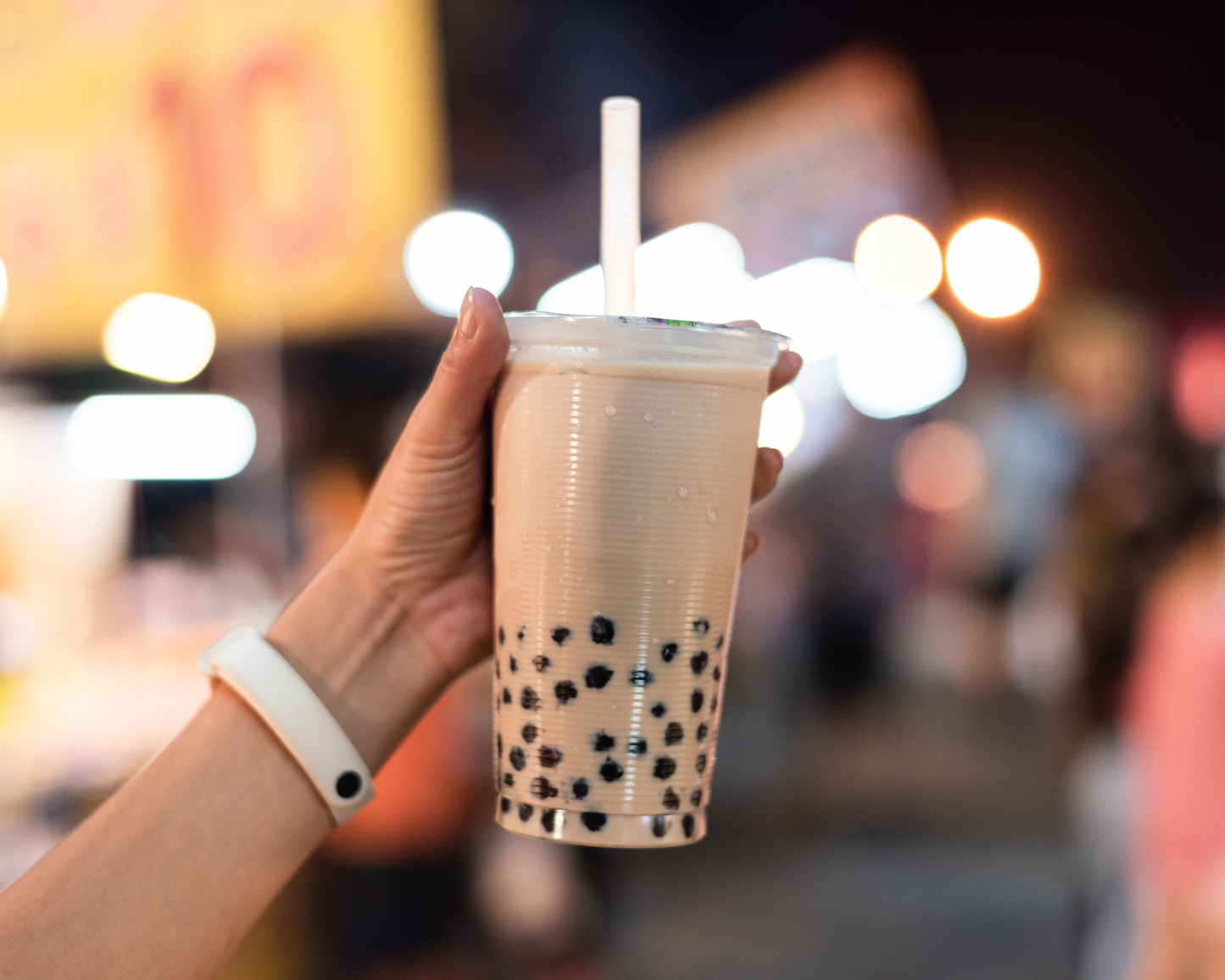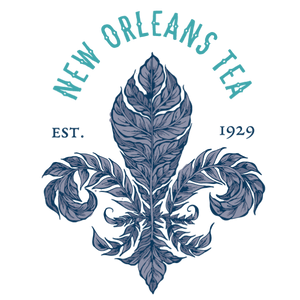
Tea is said to be the second most consumed drink in the world, just behind water. So, it's no surprise that just about every corner of the globe has its own spin on the beverage. From pink chai in India to cheese-topped tea in Taiwan, here are a few of the most unique tea drinks in the world.
Pulled Tea (Malaysia)
The signature brew of Malaysia is not much different from others on this list in terms of ingredients, which include black tea, sugar and condensed milk. But what makes teh tarik or "pulled tea" unique is how it is prepared.
To achieve its markedly frothy consistency, brewers repeatedly pour the beverage back and forth between cups, allowing the unique tea drink to cool as it moves from one vessel to the other.
Today, much of the allure of pulled tea is the showmanship in which it is made. Teh tarik vendors have evolved the process into an art form, and to watch it being prepared is to witness a mesmerizing dance between man and tea.

Bubble Tea (Taiwan)
A contemporary twist on an age-old beverage, bubble tea (also called boba tea) has become wildly popular in recent years among foodies worldwide.
The base of the beverage is simple: a mix of tea (any variety), powdered milk and sugar. But what makes this tasty treat truly unique is the ingredient for which it is named: bubbles, small pearls of tapioca, a starchy grain commonly consumed throughout southeast Asia.
The beginnings of bubble tea date back to the late 1980s, when Lin Hsiu Hui, a product development manager at the Chun Shui Tang teahouse, added tapioca balls to her tea during a staff meeting. Not long after, the teahouse began selling her peculiar creation and the rest was history.
Today, new bubble tea flavors are constantly being invented, with the most recent craze being centered around brown sugar bubble tea, which incorporates a rich brown sugar caramel.
Noon Chai (India)
The Kashmiri word noon refers to the rather unusual ingredient of this chai: salt. In addition to salt, noon chai is a special blend of milk, pistachios, a mix of spices, and, interestingly enough, baking soda, which gives it an unusual pink color.
Served on celebratory occasions, noon chai is usually enjoyed with a variety of Kashmiri pastries. A more commonly consumed, everyday beverage is doodh pati, a kind of milk tea.

Cheese Tea (Taiwan)
Perhaps the most recent unique tea drink to hit the market is cheese tea, an iced brew of green, black or oolong tea topped with a foamy layer of milk, cream cheese and salt.
Born in the night markets of Taiwan circa 2010, the inventors of the beverage first used powdered cheese and salt with whipping cream and milk to achieve the foamy, zesty top layer. It soon caught on in China’s Guangdong province, where tea masters began using real cream cheese and fresh milk in place of powders.
The recipe was extremely well received by the public, and the trend has since spread to all corners of the globe.
“Tea and cheese?!” you ask? Yes, it may sound strange, but I’m telling y’all – it works! Like bubble tea, the beverage is sweet but has a savory finish, making it surprisingly balanced in flavor. To best enjoy it, sip the tea from the top of the cup at a 45-degree angle and own that foam mustache!
Matcha (Japan)
Made by stone-grounding the tender leaves of shaded green tea leaves, matcha has been a go-to for a focused energy boost for hundreds of years.
During thirteenth-century Japan, Buddhist monks, who had long been drinking matcha to remain alert during meditation, introduced the tea to samurai warriors as a pre-battle beverage for increased energy and endurance.
The sophistication and solemnity of the ritualistic Japanese tea ceremony aligned perfectly with the noble way of life of the Samurai and provided yet another method to discipline the mind and body – an essential component to becoming a successful warrior.
Today, matcha continues to be revered worldwide for its abilities to enhance focus and countless health-promoting nutrients. It has also become one of the most popular flavors in the snack industry, and is used as an ingredient in everything from ice cream and Kit Kats to beer and noodles.

Thai Tea (Thailand)
As the Chinese Civil War came to an end in the mid-1900s, refugees fled to Thailand, taking with them components of the culture of their homeland including tea. It was then that Thailand began to develop a tea culture of their own and cha yen (or Thai tea) was born.
The orange-hued beverage is a unique blend of black tea, sugar, condensed milk and a mélange of spices such as star anise, tamarind and orange blossom – all of which are served over ice in a tall glass.
Some versions are even topped off with a generous heaping of evaporated milk, creating an appealing ombre effect. It's a sweet-spicy indulgence that’s particularly refreshing when the temperatures rise, which is pretty frequently in tropical Thailand.
Milk Tea (Hong Kong)
Known in Cantonese as si math naaihcha (literally meaning “pantyhose tea”), Hong Kong-style milk tea takes its name from the straining sock – which looks like a stocking – that’s used to strain the tea and milk. (That in itself makes this a favorite unique tea drink of the world!)
Making this punch-packing brew is labor intensive, requiring up to 20 minutes of repeated straining. It is often the centerpiece of the menus of bustling fast food joints called cha chaan teng (“tea restaurants”), where people of all walks of life gather for a tea break and converse over caffeinated beverages and Cantonese comfort food staples like Hong Kong-style French toast.

Yerba Mate (Argentina)
Part of the holly family, yerba mate is an evergreen tree that grows in the subtropical forests of Uruguay, Paraguay and parts of Brazil. Though technically not tea, the grassy infusion is reminiscent of a smoky green tea and is widely consumed throughout the day, thanks to its high caffeine content.
Traditionally, yerba mate is sipped from a cup made from a gourd and through a bombilla (straw) which filters out the leaves. It can be infused multiple times and it’s not uncommon for mate drinkers to carry around canteens of hot water solely for this purpose.
Butter Tea (Tibet)
Butter tea (known as po cha in Tibet) is made by churning a strong, smoky type of brick tea with salt and yak butter.
Given the high altitude of the country, many Tibetans consume it for its warming qualities and high calorie count, which aids in increasing energy levels. The creamy qualities of the butter also help to prevent chapped lips, a common ailment in Tibet’s windy, mountainous terrain.
